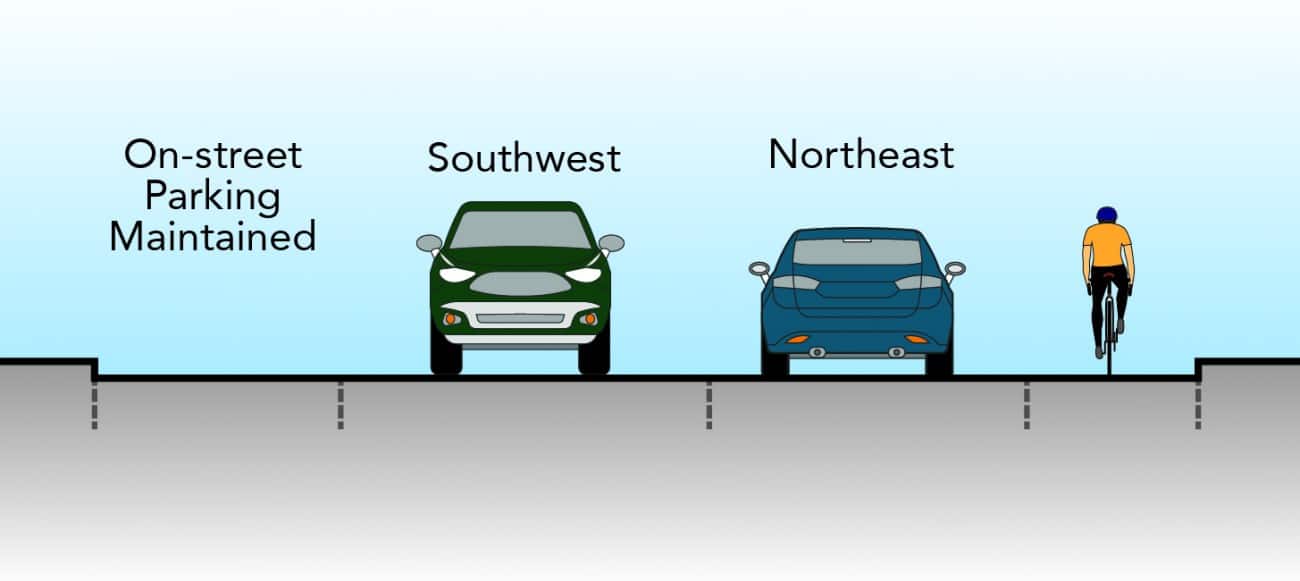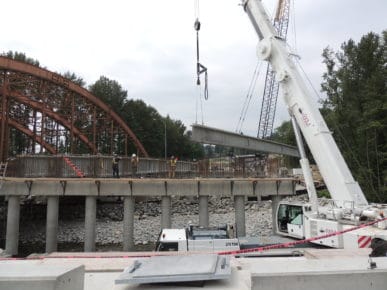Dam maintenance on Rice Lake will clear 200 trees and significantly change the shoreline of the lake. Metro Vancouver is currently engaging in public consultation about the project. In 2023 the north and south dams on the lake will undergo significant maintenance. The public has a chance to review and comment on the restoration until early September.
Review prompts changes
The public is invited to comment on planned changes to the north and south ends of Rice Lake through a public engagement process with Metro Vancouver until September 7. A routine review of the dams revealed they no longer fit their water licence and prompted a long-term maintenance and inspection plan, said Niki Reitmayer, senior media relations strategist for Metro Vancouver.
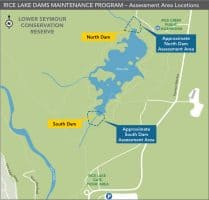 “To complete this work, vegetation and trees next to each dam will be removed,” she said. “This will support effective regular inspections and monitoring of the dams and prevent roots from causing damage that would require increased maintenance.”
“To complete this work, vegetation and trees next to each dam will be removed,” she said. “This will support effective regular inspections and monitoring of the dams and prevent roots from causing damage that would require increased maintenance.”
According to Metro Vancouver’s website, approximately 200 trees will need to be removed. Most of these are small (less than a 30 cm diameter), and about 10% are dead and must be removed for public safety reasons, it says.
“The maintenance work will create new open spaces around the dams at the north and south end of Rice Lake,” said Reitmayer. “These new spaces provide an opportunity to enhance the visitor experience at the lake. Public feedback will allow us to do something meaningful with the new open space and it will be considered alongside technical advice and First Nations input.”
Public input
With significant land clearing required, the municipal federation is asking for public input on the proposed designs and for comments on how residents use Rice Lake. Metro Vancouver has a survey available until September 7. The survey provides some background on the project and the proposed restoration of the land after clearing and maintenance are complete.
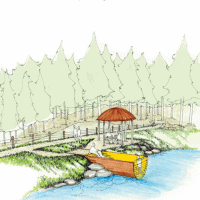 “In order to meet the BC Dam Safety regulations, trees and vegetation must be removed from within approximately five metres of the dam perimeters,” said Reitmayer. “The spaces near the dams will need to remain clear and open in order to facilitate effective maintenance and regular inspections of the dams. No changes are planned along the Rice Lake shoreline, except in the immediate areas of the dams.”
“In order to meet the BC Dam Safety regulations, trees and vegetation must be removed from within approximately five metres of the dam perimeters,” said Reitmayer. “The spaces near the dams will need to remain clear and open in order to facilitate effective maintenance and regular inspections of the dams. No changes are planned along the Rice Lake shoreline, except in the immediate areas of the dams.”
The proposed designs look very different from the current shores of Rice Lake. On the south end, the small wooden pier will be removed and replaced with some shore access and public art to educate the public about Metro Vancouver’s water system. The north end has a proposed picnic area and lake viewing area. The concept has been described by Metro Vancouver as “celebrating what lies beneath.”
“Celebrating what lies beneath is one consideration in the current concept designs,” said Reitmayer. “Creating awareness of the drinking water infrastructure at Rice Lake, which includes two dams and a regional water main, provides education on how our water system shaped the area and why we must protect it for the future.”
The proposed concepts do not reforest the area similar to the current trees and small shore pockets, instead the north and south will have open spaces to facilitate maintenance and inspection of the dams.
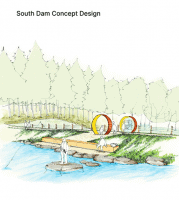 “The new open spaces then provided an opportunity to work with the public, First Nations, and technical experts to create accessible, enjoyable, educational, and environmentally-conscious concepts to enhance the dam areas.”
“The new open spaces then provided an opportunity to work with the public, First Nations, and technical experts to create accessible, enjoyable, educational, and environmentally-conscious concepts to enhance the dam areas.”
The design proposed for the south end of the lake also includes a new interactive map.
“The 3D wayfinding sculpture we are sharing as part of the concept designs is an interactive and tactile way for visitors of any age and ability to understand the landscape and how our regional water infrastructure interacts with the area,” said Reitmayer. “This type of sculpture would allow visitors to touch the contours of the lake, view the dam locations, and orient themselves within the landscape.”
During the public consultation period, park users are encouraged to share why Rice Lake is important to them.
“We are asking residents to share what they love about Rice Lake on a virtual comment wall,” said Reitmayer. “We will be sharing selected stories from here on construction signage during the maintenance work around the Rice Lake dams in 2023.”
Construction
The report from the public engagement process is expected to be complete in late fall 2022, with clearing work is expected to start in early 2023 and plans for dam restoration to be complete by spring 2023 and further site restoration throughout the summer.
“Rice Lake will remain open during the maintenance and restoration work, but there will be crews and equipment in the area. There may be times where some trails are not available or where we will ask trail users to wait momentarily while crews and equipment pass through,” she said.
To have your say, complete Metro Vancouver’s survey before September 7, 2022.
All drawings provided by Metro Vancouver.
Looking for more?
There’s always something fun and exciting happening in Lynn Valley. Check out our Community Events Calendar or learn more about Local Activities, Mountain Biking or Hiking and Walking Trails.

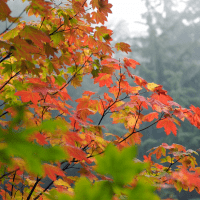
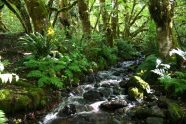 “We’re in the process of developing an Integrated Stormwater Management Plan, which will improve streamside habitat, reduce pollution in our creeks and streams, and improve groundwater conditions,” said Rannard.
“We’re in the process of developing an Integrated Stormwater Management Plan, which will improve streamside habitat, reduce pollution in our creeks and streams, and improve groundwater conditions,” said Rannard.

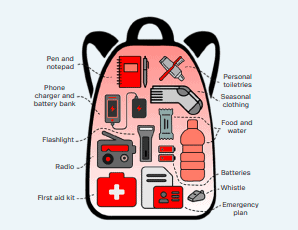
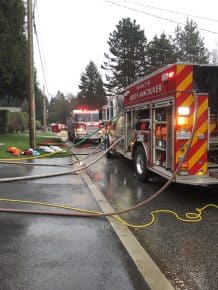 “With covid, it has been a lot harder. In normal years we would be in the schools doing presentations, we would be out at community gatherings and events,” she said. “There are these limiting factors that reduce the dialogue on what preparedness looks like.”
“With covid, it has been a lot harder. In normal years we would be in the schools doing presentations, we would be out at community gatherings and events,” she said. “There are these limiting factors that reduce the dialogue on what preparedness looks like.” 
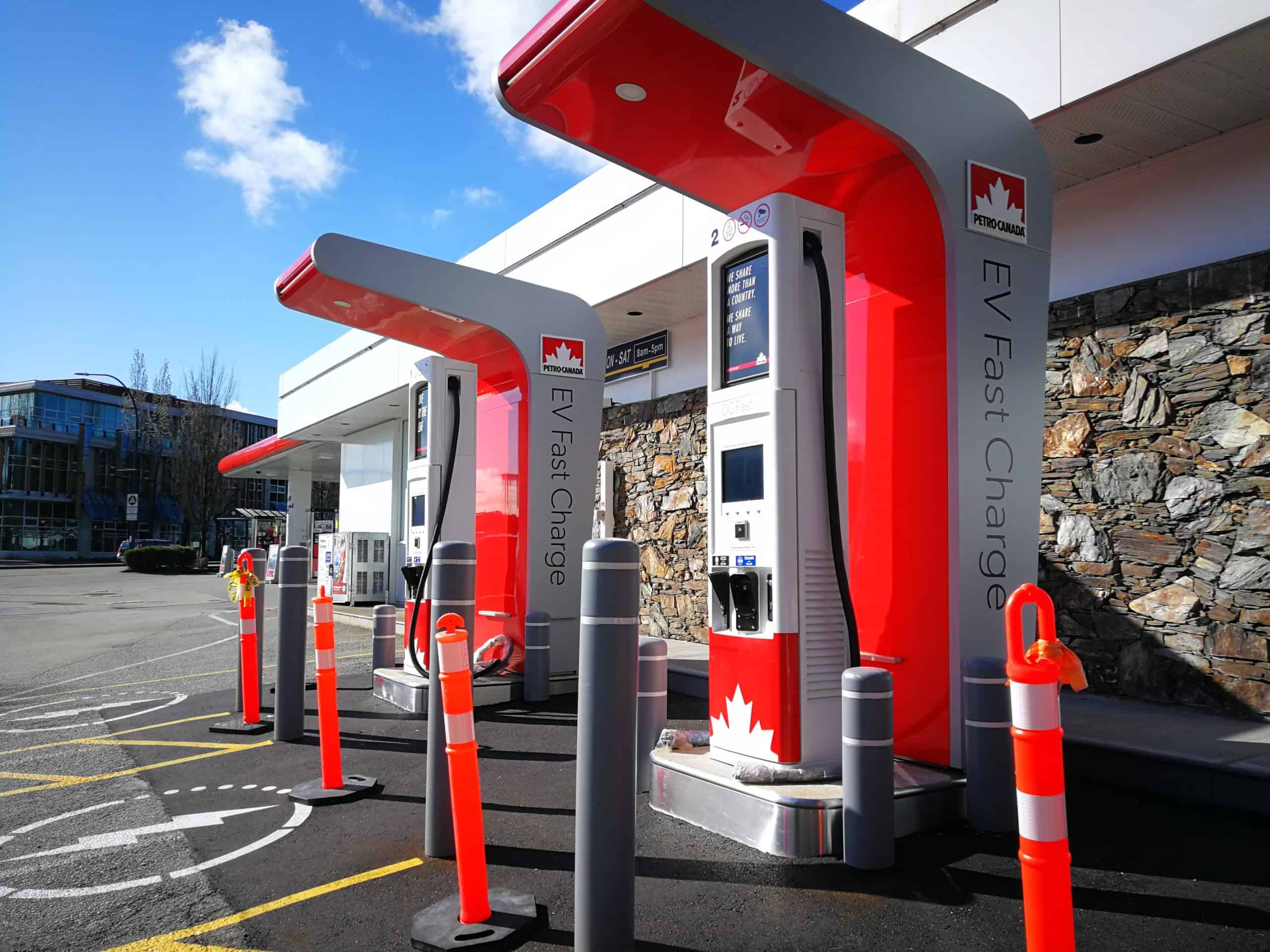 The new “Electric Highway” will eventually stretch from coast to coast. Currently there are four stations planned for the Lower Mainland. Two are operational in Langley and Abbotsford, and two more in the works – one in downtown Vancouver and one in Lynn Valley. We reached out to Petro Canada for more information and opening dates but they chose not to respond to LynnValleyLife.
The new “Electric Highway” will eventually stretch from coast to coast. Currently there are four stations planned for the Lower Mainland. Two are operational in Langley and Abbotsford, and two more in the works – one in downtown Vancouver and one in Lynn Valley. We reached out to Petro Canada for more information and opening dates but they chose not to respond to LynnValleyLife. B.C. leads the way in Canada for the shift to electric vehicles. There are already over 30,000 electric vehicles on the road and over 1,000 public charging stations. The push in B.C. for electric vehicles is supported by B.C.’s supply of clean energy. More than 95 percent of B.C.’s electricity is from clean sources (unlike many jurisdictions which burn fossil fuels for electricity).
B.C. leads the way in Canada for the shift to electric vehicles. There are already over 30,000 electric vehicles on the road and over 1,000 public charging stations. The push in B.C. for electric vehicles is supported by B.C.’s supply of clean energy. More than 95 percent of B.C.’s electricity is from clean sources (unlike many jurisdictions which burn fossil fuels for electricity).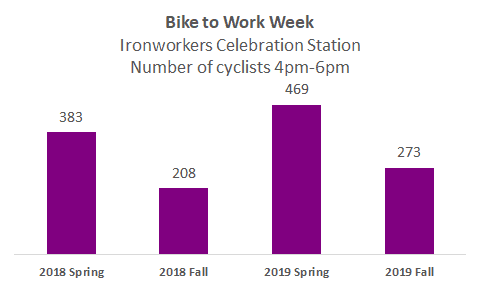 “Many people have more bikes than cars at their house,” said Jardine. “As an advocacy organization, we know people want to use them more but the infrastructure isn’t there. We go up into the mountains and ride on all these stunts but are afraid to ride on city streets.”
“Many people have more bikes than cars at their house,” said Jardine. “As an advocacy organization, we know people want to use them more but the infrastructure isn’t there. We go up into the mountains and ride on all these stunts but are afraid to ride on city streets.” 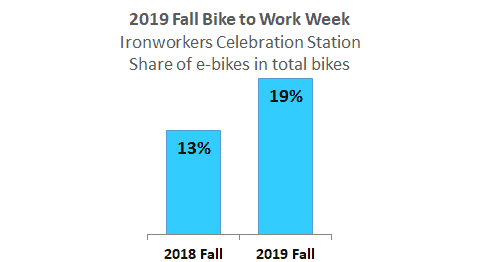 “We see from our count stations at Bike to Work Week the proportion of e-bikes is going up,” said Jardine. “We like to say it ‘flattens the shore.’ It’s no longer an ordeal to get home at the end of the day, it really opens the range of ages and abilities that can use the network.”
“We see from our count stations at Bike to Work Week the proportion of e-bikes is going up,” said Jardine. “We like to say it ‘flattens the shore.’ It’s no longer an ordeal to get home at the end of the day, it really opens the range of ages and abilities that can use the network.”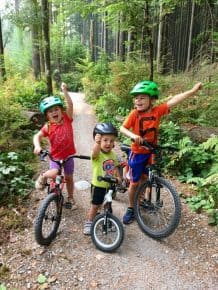 There are also trends to make cycling more family friendly with European-style cargo and longtail bikes becoming more common on North Van streets.
There are also trends to make cycling more family friendly with European-style cargo and longtail bikes becoming more common on North Van streets.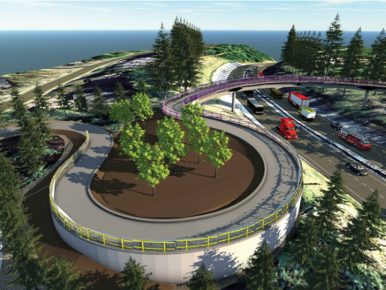
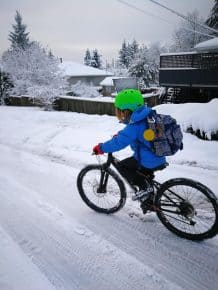 “It’s come to our attention that people want help around restrictions like moving bikes in elevators and creating more secure bike parking,” he said.
“It’s come to our attention that people want help around restrictions like moving bikes in elevators and creating more secure bike parking,” he said.